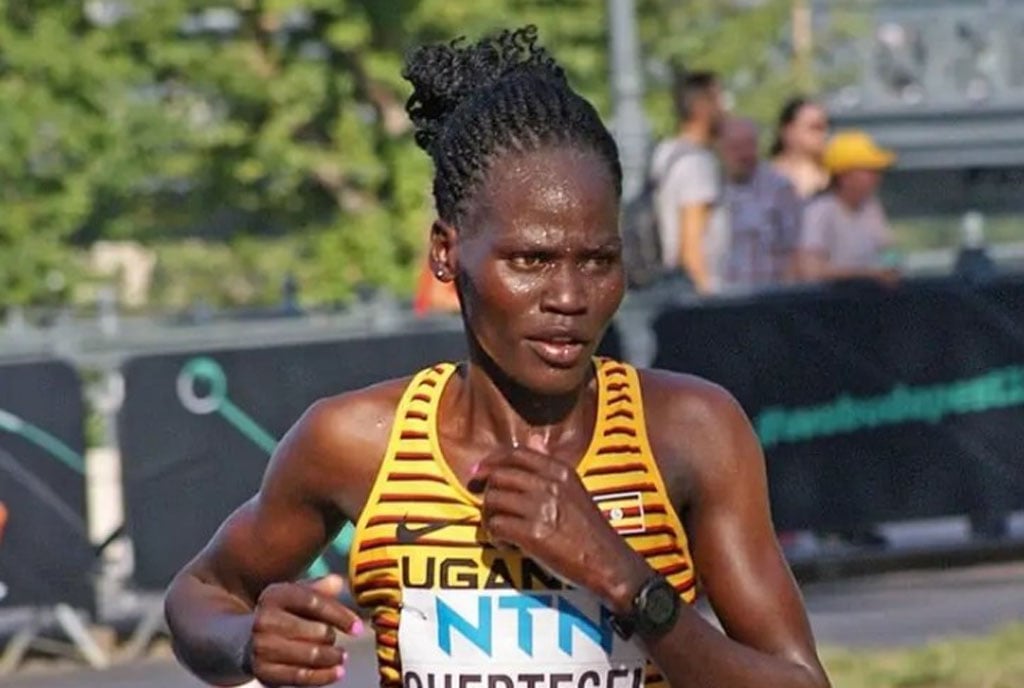Prime
WFP to increase food rations in ‘most’ vulnerable refugee camps

One of the medical centres in Bidi Bidi Refugee Settlement in Yumbe on June 5, 2017. PHOTO/FILE
What you need to know:
- The vulnerability assessment also indicated that generally, the level of vulnerability is higher in Northwest Uganda refugee settlements camps than in the Southwest.
The World Food Programme (WFP) has increased the relief food rations to the most vulnerable refugees in West Nile districts amidst funding shortages.
The decision comes after the UN food body announced a $57 million funding shortage to end the year. According to WFP, the organisation requires over $220 million per year to feed the refugees.
Starting November 2021, WFP says ‘‘more than 530,000 refugees in certain settlements in north western Uganda will receive food rations of 70 percent from the United Nations World Food Programme (WFP), up from the current 60 percent ration all other refugees have been receiving since February 2021.’’
A 2019/20 joint vulnerability assessments by WFP, the Office of the Prime Minister (OPM), and UNHCR indicates that the refugees living in Bidibidi, Imvepi, Lobule, Palorinya and Rhino settlements are categorized as the most vulnerable group due to the very large proportion of people living here that are unable to meet their basic food needs.
The vulnerability assessment also indicated that generally, the level of vulnerability is higher in Northwest Uganda refugee settlements camps than in the Southwest.
The report says Kyaka II, Kyangwali, Nakivale, Oruchinga and Rwamwanja settlements in southwestern Uganda have lower vulnerability levels, because of the region’s better livelihood options and lower prices of food and other essentials.
A joint statement issued by the OPM, UNHCR and WFP says starting November, the settlements in Southwestern Uganda will receive a 40 percent ration, down from the current 60 percent.
“While the prioritization focuses on relative vulnerability, it is important to note that absolute levels of vulnerability are very high in all settlements,” the statement observes.
The statement says three Northern Uganda refugee settlements in Adjumani, Kiryandongo, and Palabek - have been assessed as somewhat less vulnerable than the settlements in the North West and will continue receiving a 60 percent ration.
According to WFP, the vulnerability assessment further indicates that ‘‘because of more reliable rainfall and fertile soil in the Southwest, settlement there offers refugees a greater potential for becoming self-reliant.’’
Mr Abdirahman Meygag, the WFP Country Director said over the last two years, declining funding has forced WFP to cut rations and that these ration cuts have, in the past, been done uniformly for all refugees.
“The result is that they affect the poorest and most vulnerable refugees the most,’’ he noted.
The last time WFP was able to provide a full ration to refugees was in early 2020. In April 2020, rations had to be reduced to 70 percent. Further cuts came in February 2021 when the ration went down to 60 percent.
“Declining funding means we have to make difficult decisions so that we do not unfairly disadvantage those who need support the most,” he said.
The Minister of State for Relief, Disaster Preparedness and Refugees, Esther Anyakun Davinia called upon more donors to support Uganda’s refugee response.
The UNHCR Representative to Uganda, Joel Boutroue said: “no stone will be left unturned in efforts to find appropriate solutions for the most vulnerable refugees.’’




